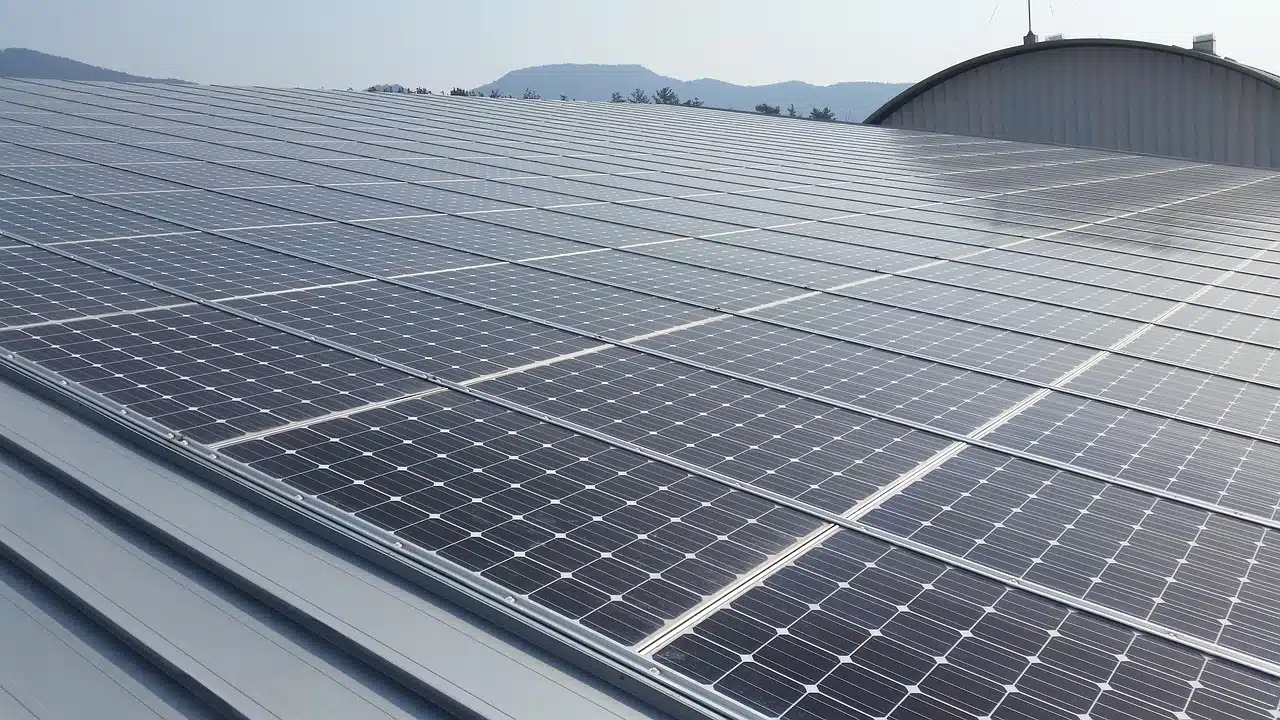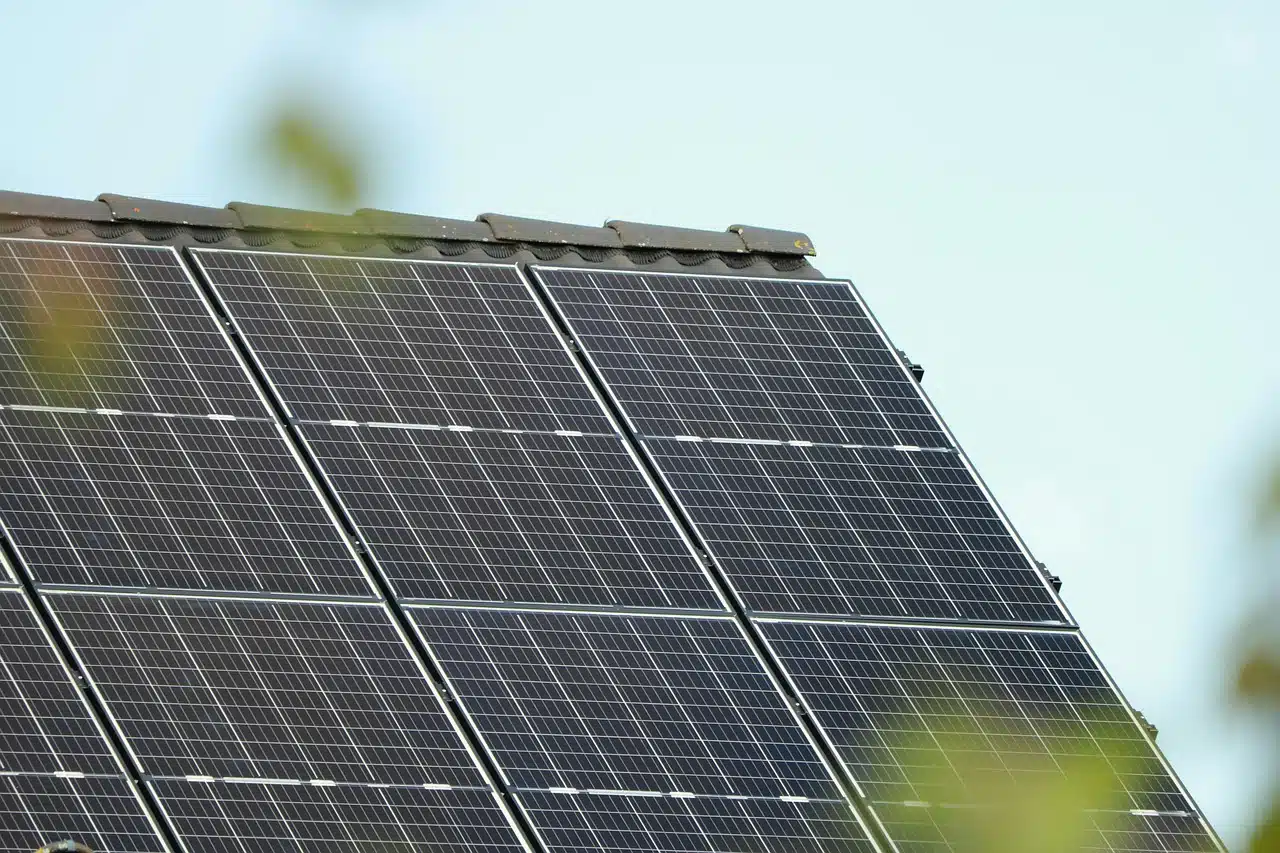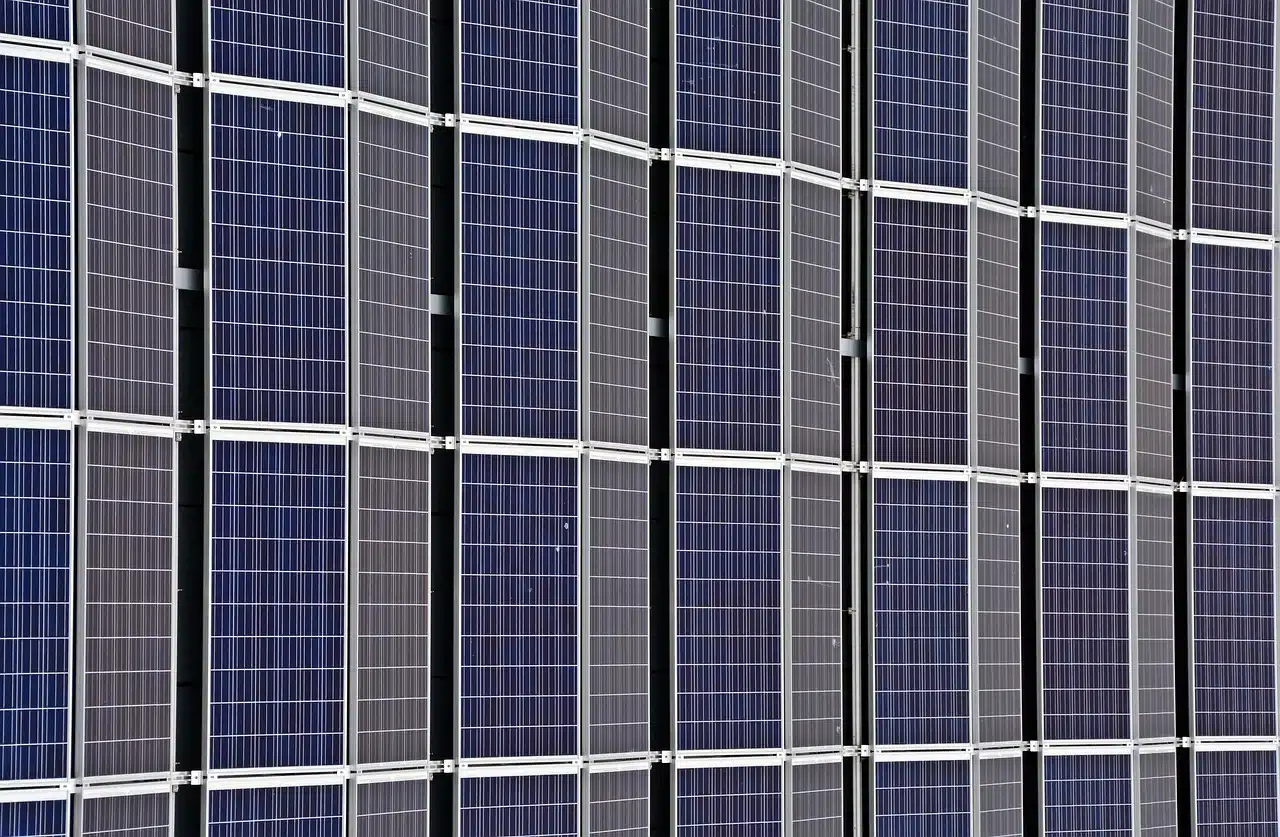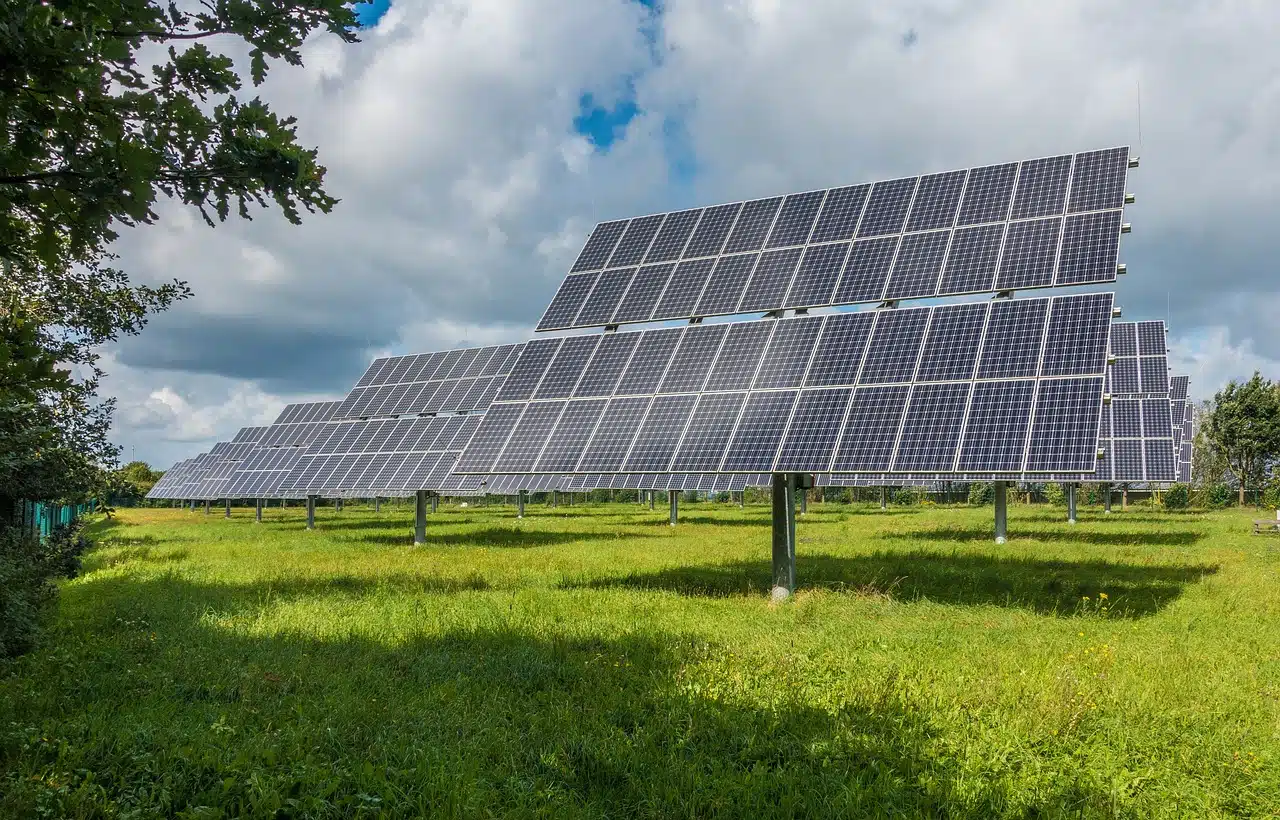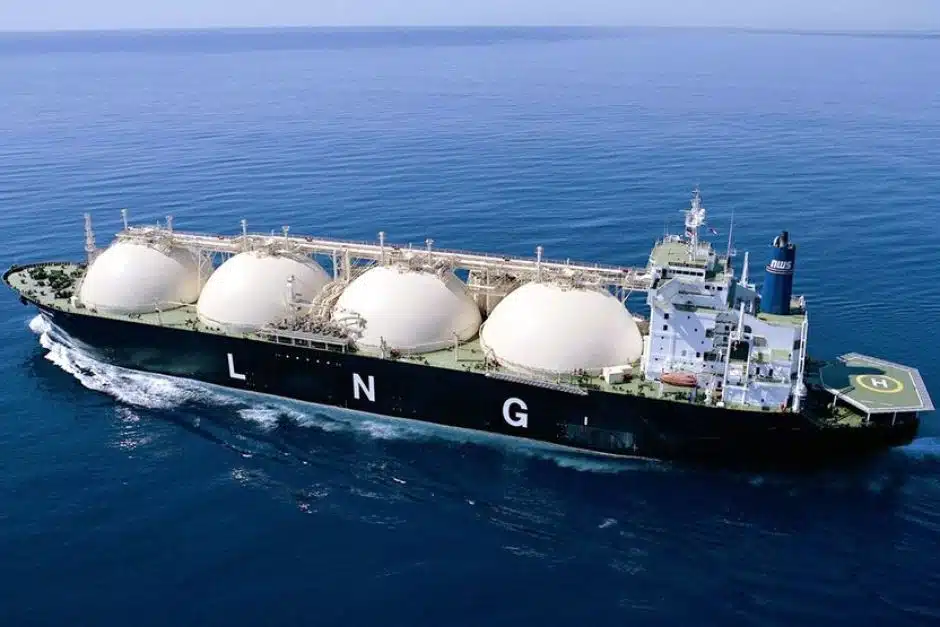Solar imports into Africa increased by 60% between July 2024 to June 2025, setting a new record and showing the strongest sign yet of a continent wide shift to renewable energy.
The latest figures place Africa among regions seeing a sharp turn to solar as countries seek affordable and reliable electricity.
The report, based on Chinese export data compiled by energy think tank, Ember, shows that Africa imported 15,032 megawatts (MW) of solar panels in the period under review, compared to 9,379 MW in the previous 12 months.
The imports, which reached several countries across the continent, are large enough to impact electricity systems.
The report also reveals that the scale of imports indicates an unprecedented move by multiple African countries to expand power supply.
Countries record new milestones in solar imports
According to the report, 20 African countries set new records for solar panel imports in the last year.
25 countries imported at least 100 MW of panels, up from 15 countries in the year before.
South Africa had previously led the surge in 2023 as its power crisis peaked.
However, the latest rise extends beyond South Africa, with countries such as Nigeria, Algeria, and Zambia now driving growth.
Nigeria overtook Egypt to become the second largest importer with 1,721 MW, while Algeria ranked third with 1,199 MW. Imports into Algeria rose 33-fold, Zambia’s imports increased eightfold, Botswana’s rose sevenfold, and Sudan’s grew sixfold.
Liberia, Democratic Republic of Congo, Benin, Angola, and Ethiopia all more than tripled their imports.
Solar’s potential impact on electricity
Despite the record imports, there is no available data to confirm how many panels have been installed.
Experts have warned that tracking installation is essential to measure the actual impact of the imports on electricity access.
Muhammad Mustafa Amjad, programme director at Renewables First, said that proper monitoring will determine how effective the imports become in transforming national electricity systems.
“Bottom up energy transitions fuelled by cheap solar are no longer a choice they’re our future. Tracking these additions is what makes the difference between a messy shift and an organised, accelerated one,” he said.
The analysis indicated that if fully installed, the panels could significantly boost generation in several countries.
In Sierra Leone, the imports in the last 12 months could generate electricity equivalent to 61% of the country’s reported power generation in 2023.
In Chad, the equivalent figure is 49%. Liberia, Somalia, Eritrea, Togo, and Benin could also see electricity generation rise by more than 10% of reported 2023 levels.
In total, 16 countries could record a rise of more than 5% in their generation if all imported solar panels are deployed.
This shows the potential of solar power to make a meaningful difference to energy access across the continent.
Savings from reduced fuel dependence
The report further explained that solar imports could help reduce dependence on fuel imports.
In countries such as Nigeria, the savings from avoiding diesel use could repay the cost of a solar panel within six months.
In nine of the top ten solar panel importing countries, the import value of refined petroleum products exceeded the import value of solar panels by a factor ranging between 30 and 107.
This suggests that even as solar imports rise, fossil fuels still dominate energy imports.
Dave Jones, Ember’s chief analyst, said that the rise is a pivotal moment for Africa.
He noted that the continent has a unique opportunity to tap into the world’s cheapest source of electricity to expand its systems.
“The take-off of solar in Africa is a pivotal moment.
“This report is a call to action, urging stronger research, analysis, and reporting on solar’s rise to ensure the world’s cheapest electricity source fulfils its vast potential to transform the African continent,” Jones stated.

